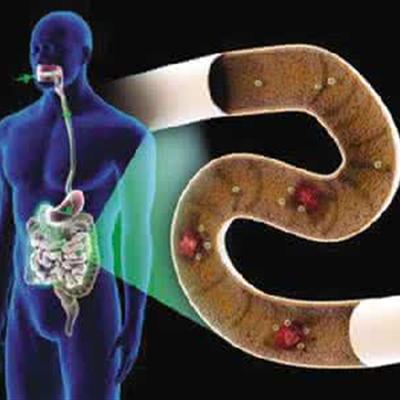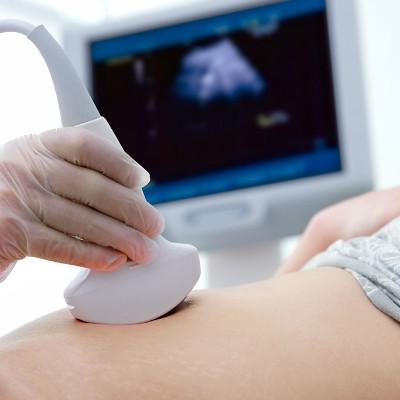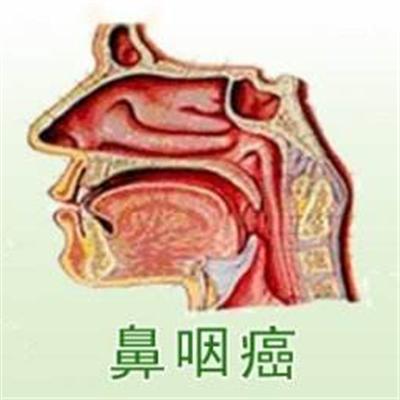Axillary lymph node symptoms of breast cancer?
summary
Women suffering from breast cancer disease or more, the occurrence of this disease to women caused a very serious harm, if the treatment is not timely, there will be a risk of life, so in daily life, in the face of the emergence of breast cancer disease, we must pay attention to, timely treatment, then breast cancer axillary lymph node symptoms? Let's talk about it
Axillary lymph node symptoms of breast cancer?
The main manifestations of lymph node metastasis of breast cancer are axillary lymph node enlargement, supraclavicular lymph node enlargement and contralateral supraclavicular lymph node enlargement. In the early stage of metastasis, lymph nodes are small and hard, and can feel "sand like" when palpated. In some cases, there was no obvious mass, only the axillary or supraclavicular fossa was "full",

A small number of patients can have mild pain and other discomfort. With the proliferation of cancer cells, the enlarged lymph nodes can be more and more clearly touched, and the hardness of "stone" can be felt; With further development, multiple enlarged lymph nodes can fuse into clusters, and the location of lymph nodes is completely fixed. At this time, the symptoms and signs of local nerve and vein compression may appear, such as edema or pain in the upper limb.

The number of lymph nodes increases gradually from small to large. At first, the enlarged lymph nodes can be pushed, and finally they fuse and fix with each other. If the enlarged lymph nodes invade and oppress the axillary vein, the ipsilateral upper limb often becomes edematous; If it invades the brachial plexus, it will cause shoulder pain. When checking axillary lymph nodes, the affected upper limb should be relaxed as far as possible, so that the axillary top can be touched. If you can touch the enlarged lymph nodes, you should pay attention to the number, size, texture, activity and surface condition of lymph nodes to distinguish them from inflammation and tuberculosis.

matters needing attention
Family members should provide patients with a comfortable and warm rehabilitation environment to keep their mood happy and ensure adequate sleep. They should appropriately encourage patients to participate in more outdoor activities, promote blood circulation, enhance their resistance, improve their quality of life and diet care














